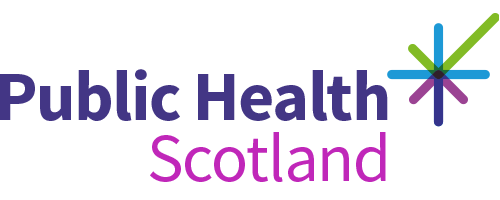HPV immunisation statistics Scotland
School year 2024/2025
Accredited official statistics
About this release
This release by Public Health Scotland (PHS) provides an annual update on human papillomavirus (HPV) immunisation coverage rates. HPV vaccination is routinely offered to pupils in S1 (around age 12) and re-offered in subsequent years. Coverage rates are reported for males and females in their first, second, third and fourth years of secondary school (S1, S2, S3 and S4) in 2024/25. These data are available from the Vaccination Surveillance Dashboard.
Main points
- HPV vaccination coverage has gradually declined over the past 10 years. However, there was a small increase in coverage for S1 pupils in 2024/25; overall coverage rates were 72.6%, compared with 71.5% in 2023/24.
- Each year since the vaccine was first offered to males in 2019/20, male coverage has been lower than female coverage; in 2024/25, S1 female coverage was 75.7%, while male coverage was 69.7%, a difference of 6.0 percentage points. In S4, coverage was 85.7% and 80.3% in females and males respectively, a difference of 5.4 percentage points.
- Pupils who do not take up the offer of vaccination in S1 are re-offered it in subsequent school years. In S2 pupils, an additional 5.6% of females and 6.5% of males took up the offer of vaccination in 2024/25, taking coverage rates to 80.0% and 75.2% respectively. Between S3 and S4, 81.6% of S3 pupils in 2023/24 had received a single dose, rising to 82.9% in S4 (2024/25), an increase of 1.3%.
- The Scottish Index of Multiple Deprivation (SIMD) - Scotland’s standard measure of relative deprivation - shows that in each year cohort, pupils living in the most deprived quintiles had lower coverage of the HPV vaccine compared with pupils residing in the least deprived quintiles. Coverage in S1 pupils in 2024/25 living in the most and least deprived quintiles was 62.0% and 83.4%, respectively.
- Inequalities have worsened over time. In S4 pupils in 2019/20, there was a difference of 3.1 percentage points between pupils living in the most and least deprived areas (91.1% vs 94.2%); by 2024/25, this was 16.1 percentage points (74.6% vs 90.7%).
- There was variation in coverage across all school years by ethnicity. For all pupils in S1 in 2024/25, coverage by ethnicity ranged from 22.7% (Gypsy/Traveller) to 85.2% (Irish). Ethnicity classifications are based on the Scottish 2022 Census categories. Further work is needed to understand why these disparities occur and to develop strategies to improve vaccine coverage among all ethnic groups.
- Coverage by urban rural classification showed that for S1 pupils, coverage was highest for pupils living in accessible areas and lowest for those living in remote areas. S1 coverage for pupils living in accessible rural areas was 75.9%, whilst for pupils living in remote small towns HPV vaccine coverage was 59.5%.
Background
The school-based HPV immunisation programme aims to help protect everyone from developing HPV-related cancers (including cervical, anogenital and head and neck) later in life. The most common HPV-related cancer is cervical cancer.
The routine eligible cohorts for 2024/25 were S1 males and females. Some pupils from the 2024/25 eligible cohorts who were not immunised in the period reported, may have since been immunised, with the remainder expected to be offered the vaccine during school year 2025/26.
Further information for the HPV immunisation can be found online at NHS Inform: HPV.
Further information
The next release of this publication will be November 2026.
General enquiries
If you have an enquiry relating to this publication, please contact Neil Perkins at phs.vaccineanalytics@phs.scot.
Media enquiries
If you have a media enquiry relating to this publication, please contact the Communications and Engagement team.
Requesting other formats and reporting issues
If you require publications or documents in other formats, please email phs.otherformats@phs.scot.
To report any issues with a publication, please email phs.generalpublications@phs.scot.
Older versions of this publication
Versions of this publication released before 16 March 2020 may be found on the Data and Intelligence, Health Protection Scotland or Improving Health websites.


